In 1960, three housewives from Chicago never make it out of Starved Rock State Park alive and police in Illinois quickly realize a piece of nature itself is the murder weapon. The investigation zeros in on a predator who was hiding in plain sight.
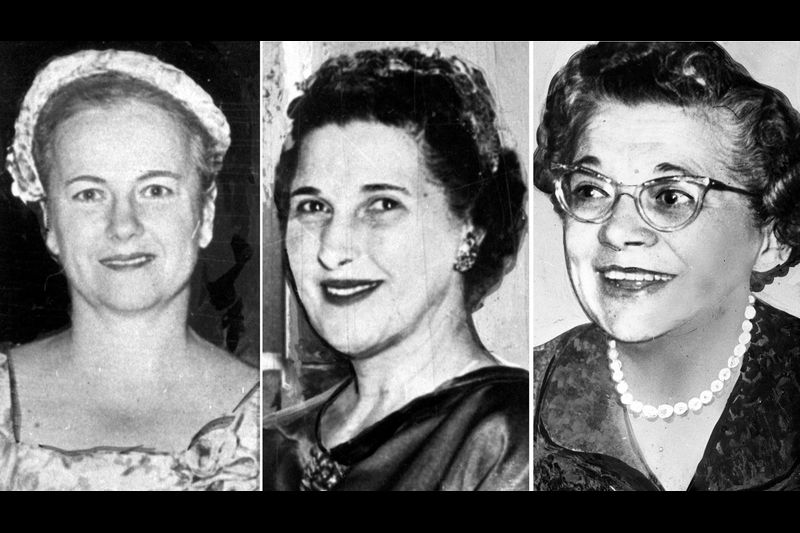
Frances Murphy, Mildred Lindquist, Lilliam Oetting
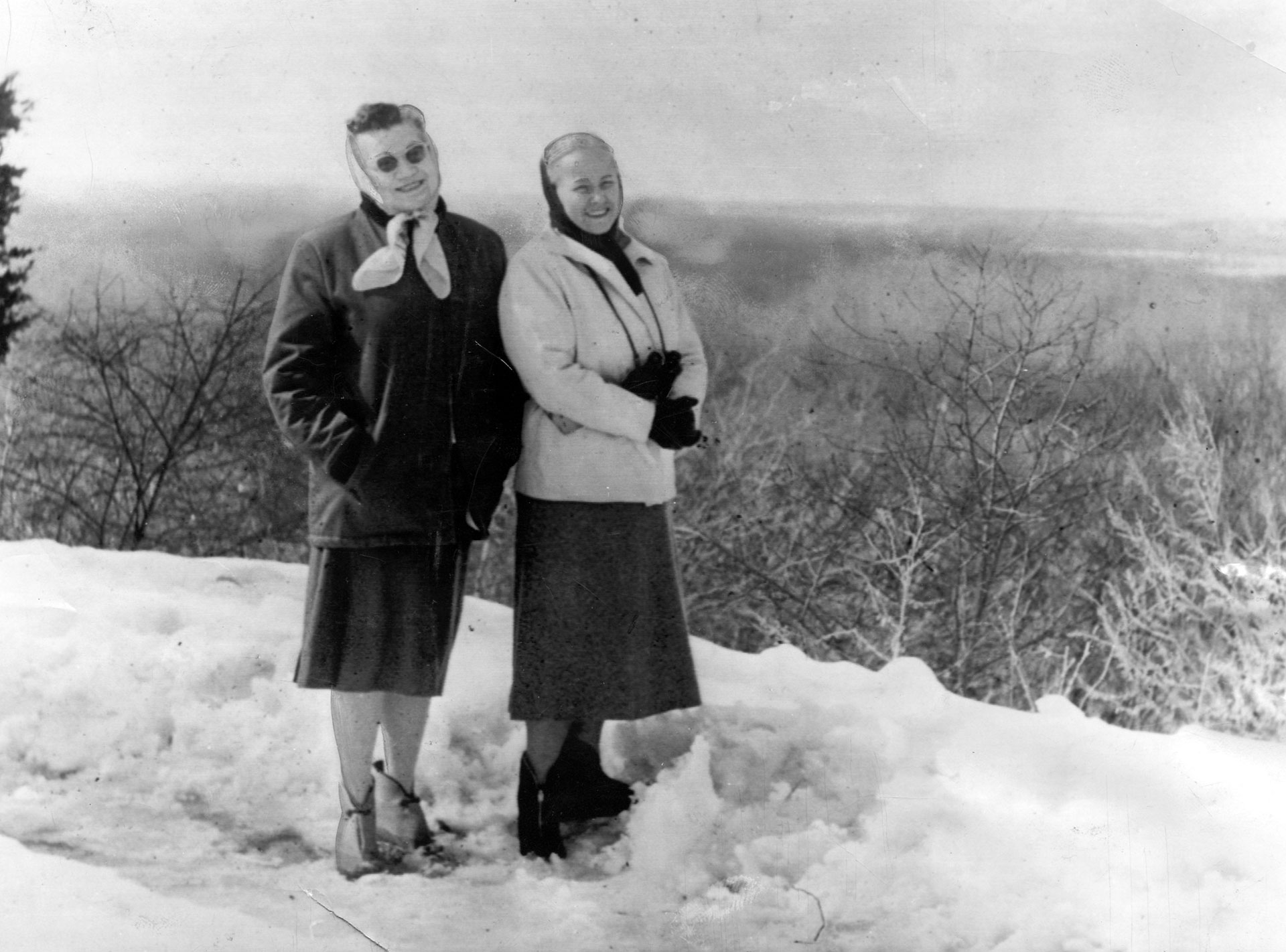
Starved Rock Lodge
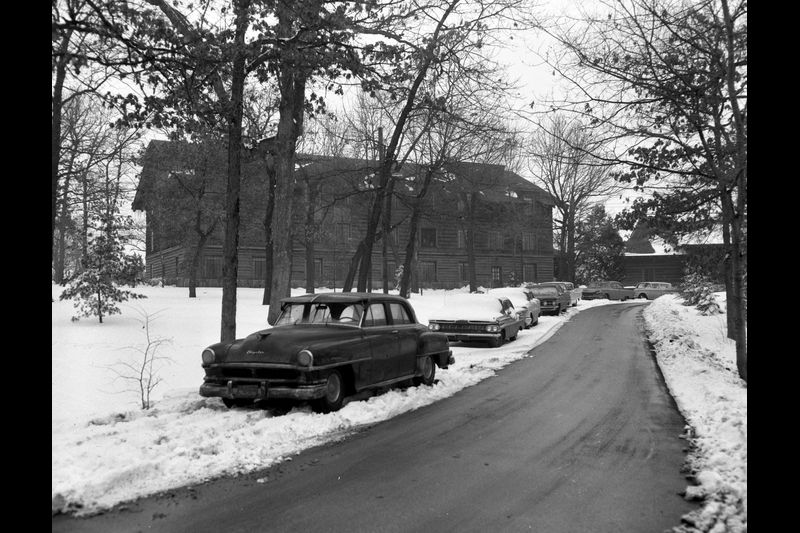
Starved Rock Lodge
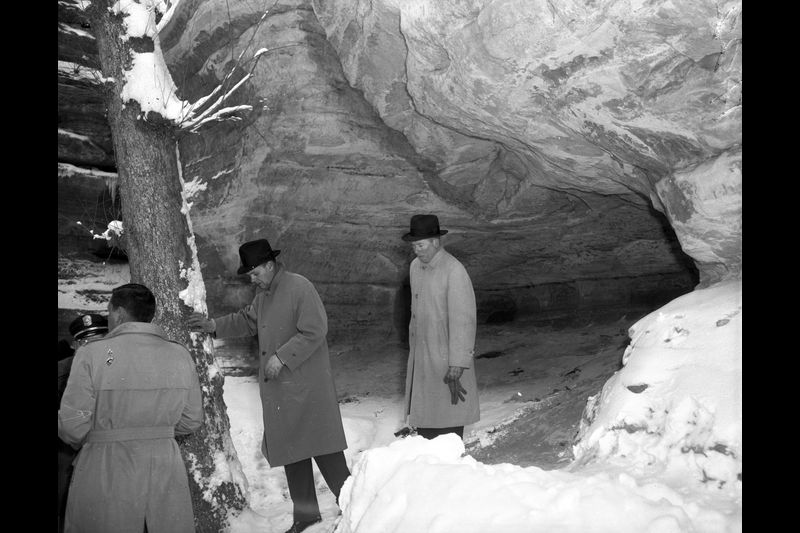
Cave Crime Scene
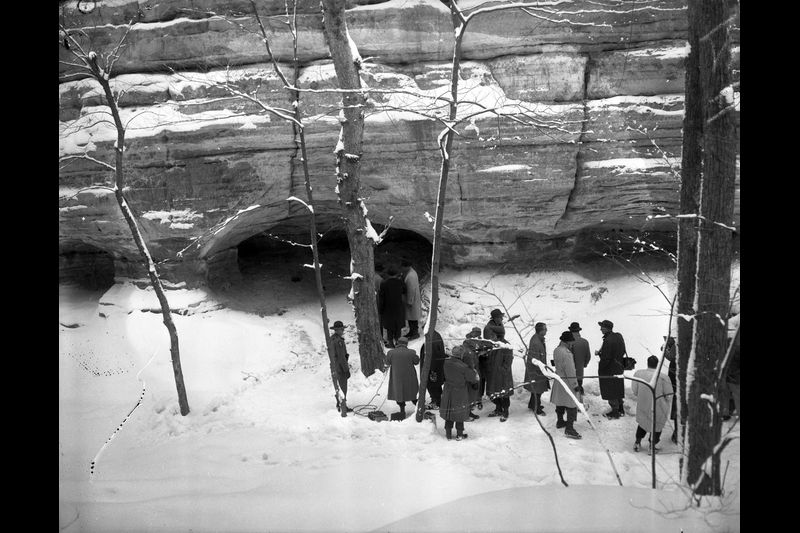
Cave Crime Scene

Twine Evidence Photo
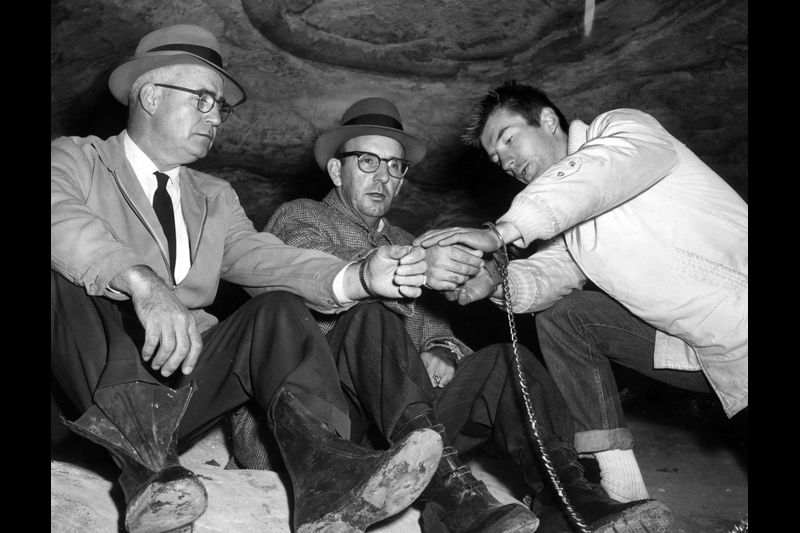
Twine Reenactment

Chester Weger
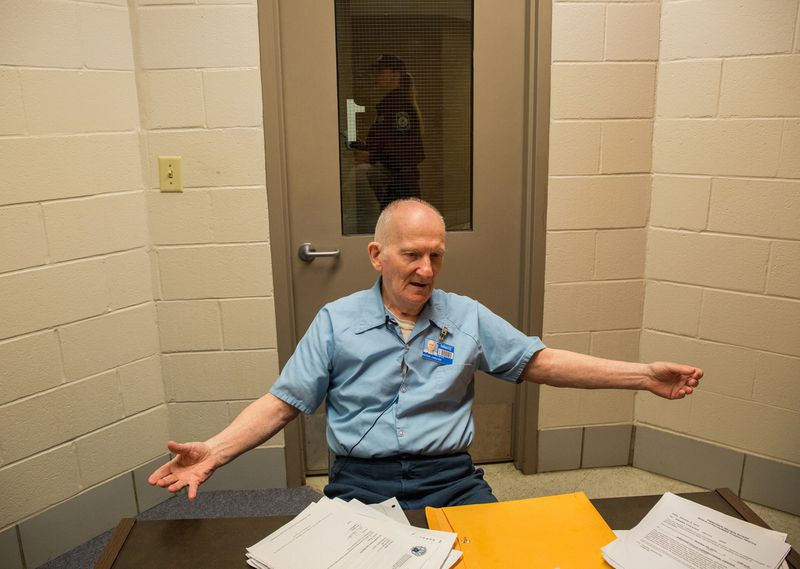
Chester Weger in 2016

Starved Rock State Park

Starved Rock State Park
Episode Source Material
- Chicago Tribune: “Timeline: The March 1960 Starved Rock murders and convicted killer Chester Weger’s release from prison,” by Christy Gutowski and Kori Rumore
- ILLINOIS DEPARTMENT OF CORRECTIONS INTERNET INMATE STATUS, C01114 – Weger, Chester
- Daily Illini: “Three Chicago Women Die After Attack in State Park”
- LIFE: “Ghostly Images of A Ghastly Murder”
- Daily Illini: “Starved Rock Ex-Dish Washer Admits March Triple-Slaying”
- Chicago Tribune: “Full Confession of Killer,” no author, and “How 3 Victims Battled to Stay Alive,” by Sandy Smith & Thomas Powers
- Chicago Tribune: “Jurors indict starved rock triple slayer”
- Chicago Tribune: “Claim killer of 3 had aid”
- Chicago Tribune: “Threats Made Him Confess, Weger Claims,” by Sandy Smith
- Chicago Tribune: “Weger Claims Threat Forced His Confession,” by Sandy Smith
- Daily Illini: “State Probes Starved Rock Killing In Effort To Send Weger to Chair”
- LIFE: “The Case of the Overlooked Clues”
- Daily Illini: “Witnesses Deny Weger Threatened When He Confessed Triple Slaying”
- Chicago Tribune: “Weger Tells Jury: I Didn’t Kill 3 Women,” by Sandy Smith
- Daily Illini: “Weger Claims Deputy Sheriff Forced Criminal Confession”
- Daily Illini: “Weger Defense Rests”
- Daily Illini: “Weger Verdict Delayed”
- Chicago Tribune: “Jury fixes penalty in state park killing,” by Sandy Smith
- Chicago Tribune: “Jail won’t hold me: Weger,” by Sandy Smith
- Daily Illini: “Weger Lawyer To Seek New Trial, Claims 1st Hearing Was Prejudiced”
- Chicago Tribune: “Weger, Poker Faced, Hears Life Sentence,” by Sandy Smith
- Daily Illini: “Chester Weger Moves to Joliet To Serve Term”
- Justia, The PEOPLE v. Weger, Supreme Court of Illinois
- Chicago Tribune: “Court drops rape charges against Weger”
- Chicago Tribune: “Drop effort to get death sentence for Rocky Weger,” by Thomas Powers
- Chicago Tribune: “Weger Pictures Himself as Hero in Writing Jail Autobiography,” by Thomas Powers
- Chicago Tribune: “Evidence in ’60 killing tainted,” by Karen Mellen
- The Pantagraph: “Governor denies request of man convicted in Starved Rock murder,” by Greg Stanmar
- Chicago Tribune: “Inmate convicted in 1960 Starved Rock slayings makes plea for parole,” by Christy Gutowski
- Chicago Tribune: “Starved Rock killer Chester Weger, convicted in an infamous 1960 murder case, is granted parole,” by Christy Gutowski
- Chicago Tribune: “Starved Rock killer falls one vote short of parole after nearly 60 years in prison,” by Christy Gutowski
- “The Starved Rock Murders Illinois History and Horror” by American Hauntings
- Chicago Tribune: “Man Convicted of Infamous 1960 Starved Rock Killing Is Just Days Away From Getting Out of Prison” by Christy Gutowski
- The News Tribune: “Starved Rock Murderer Chester Weger Released From Prison” By NewsTribune staff
- The Atlanta Journal Constitution: “Chester Weger Still Maintains His Innocence In The 1960 Beating Deaths of 3 Women in Illinois Park” by Christy Gutowski
- “The Starved Rock Murders” Documentary by Hunter James Cox
- CBS2: “Charlie De Mar, Convicted ‘Starved Rock Killer’ Chester Weger Released From Prison”
- Starved Rock State Park Information
